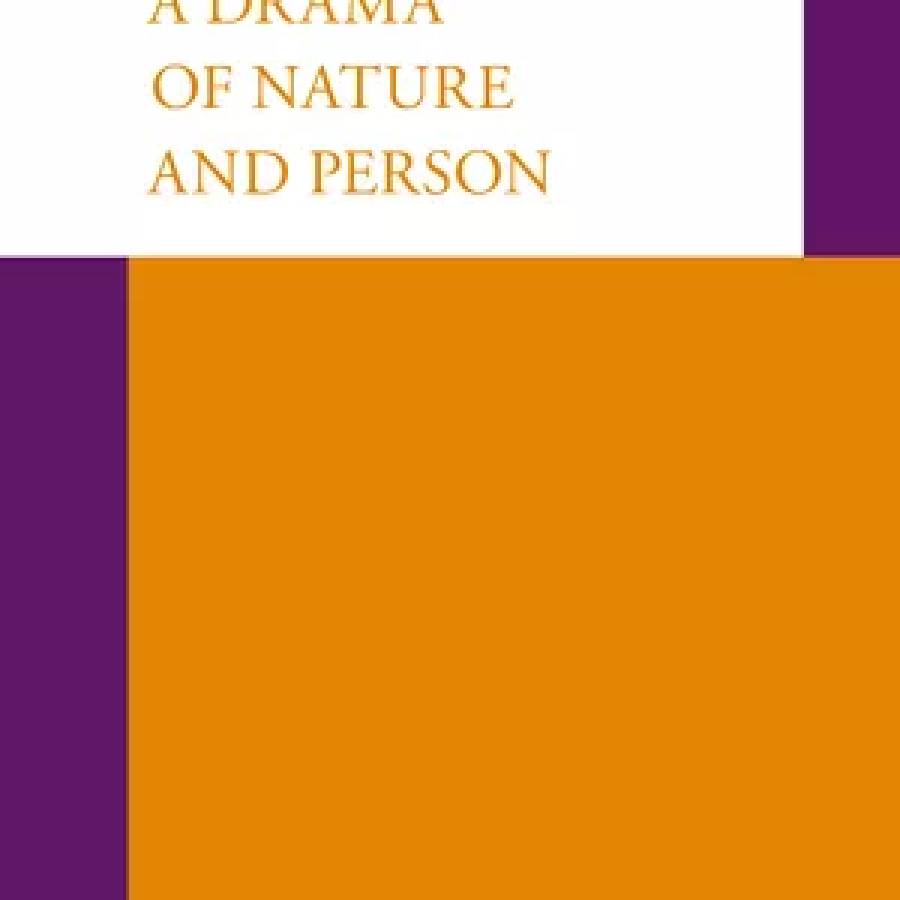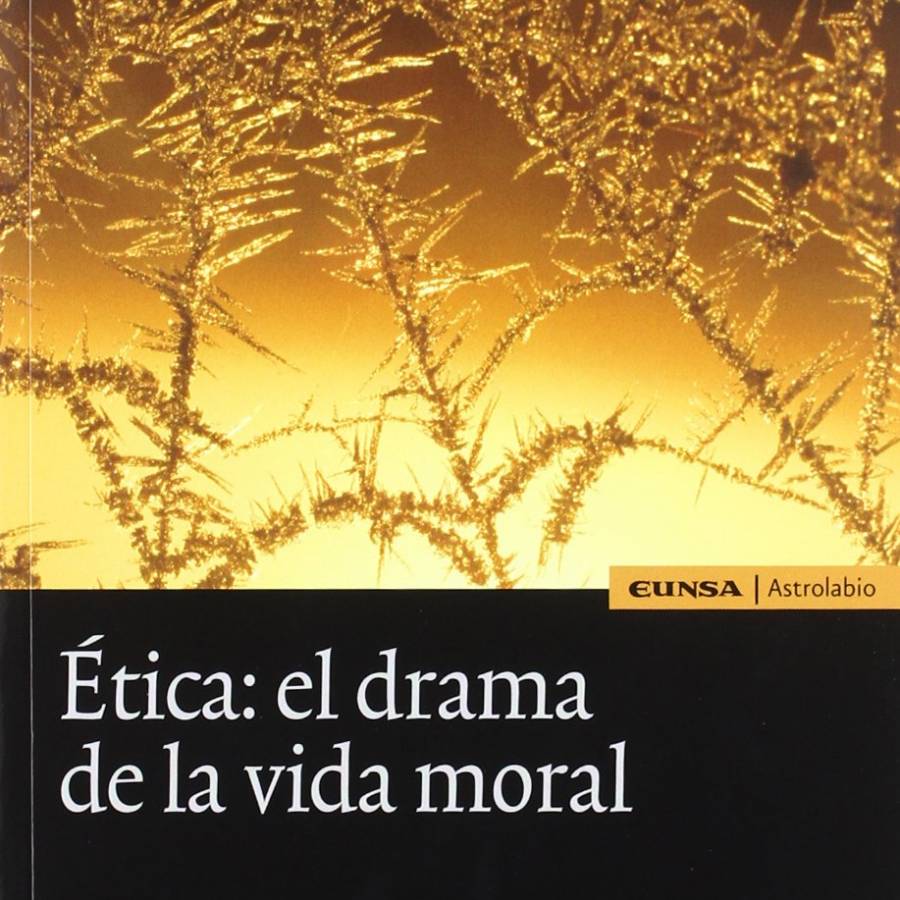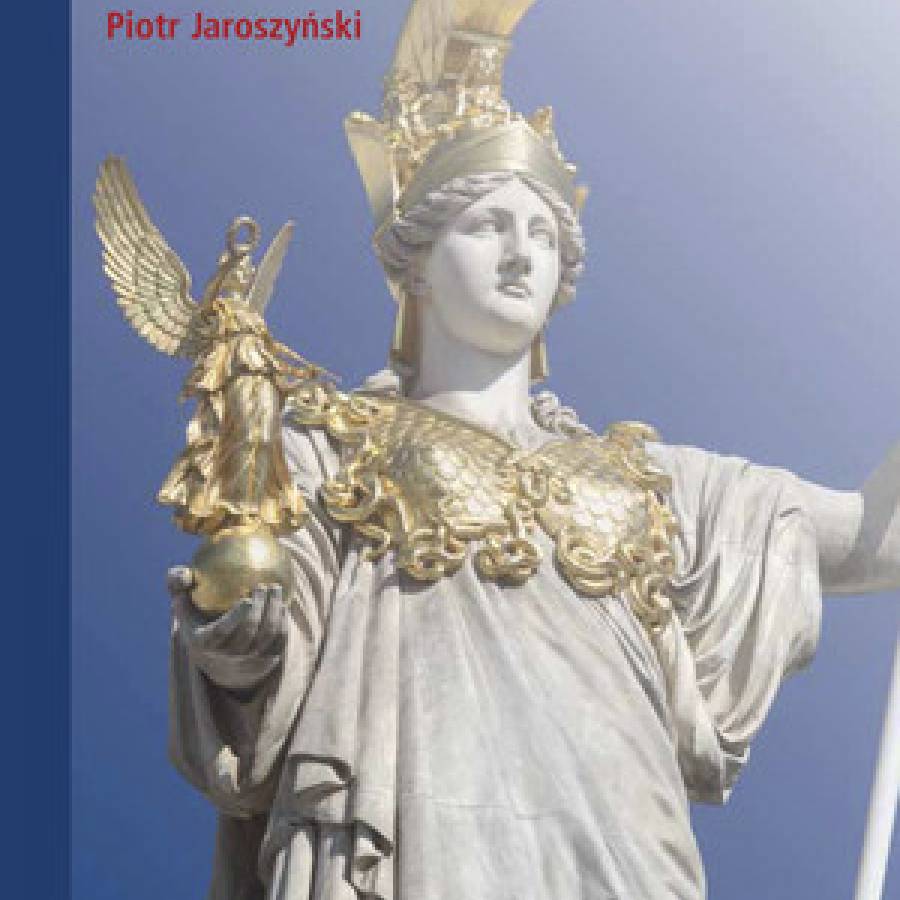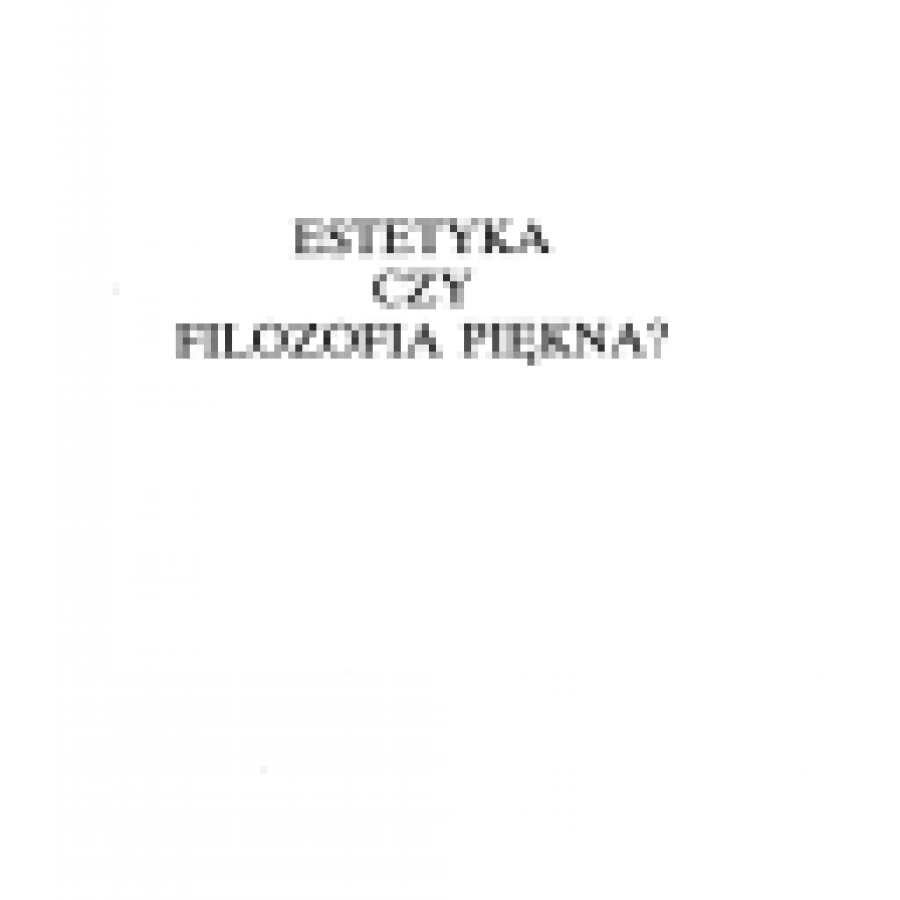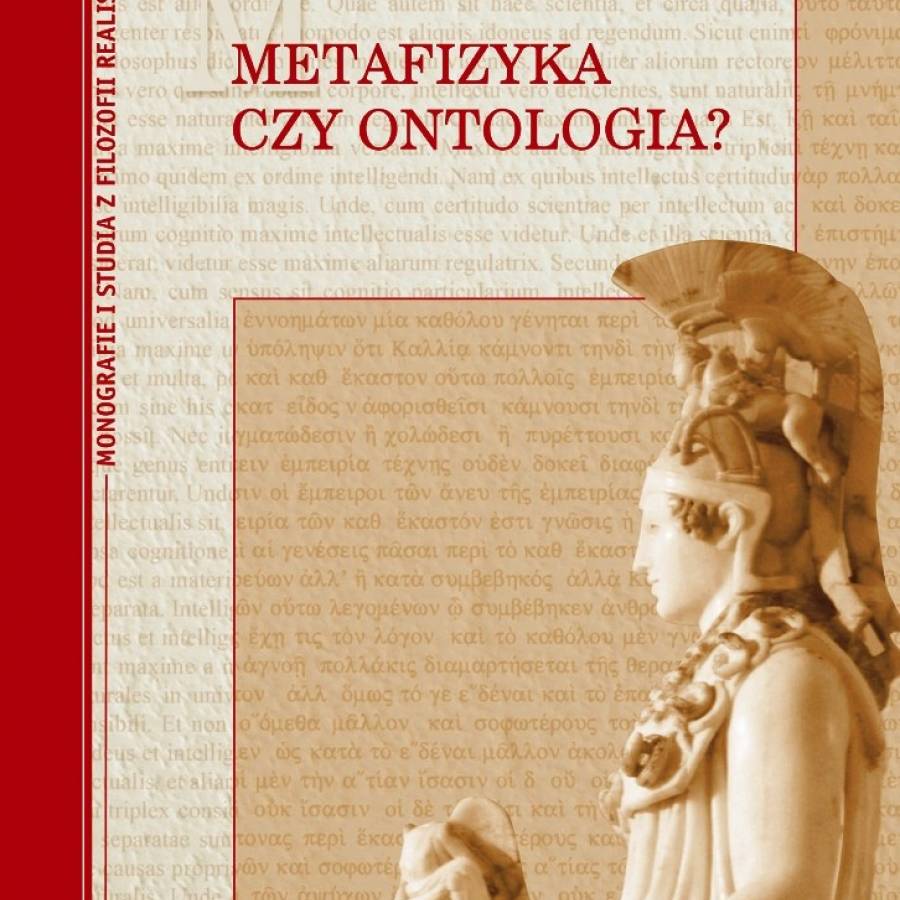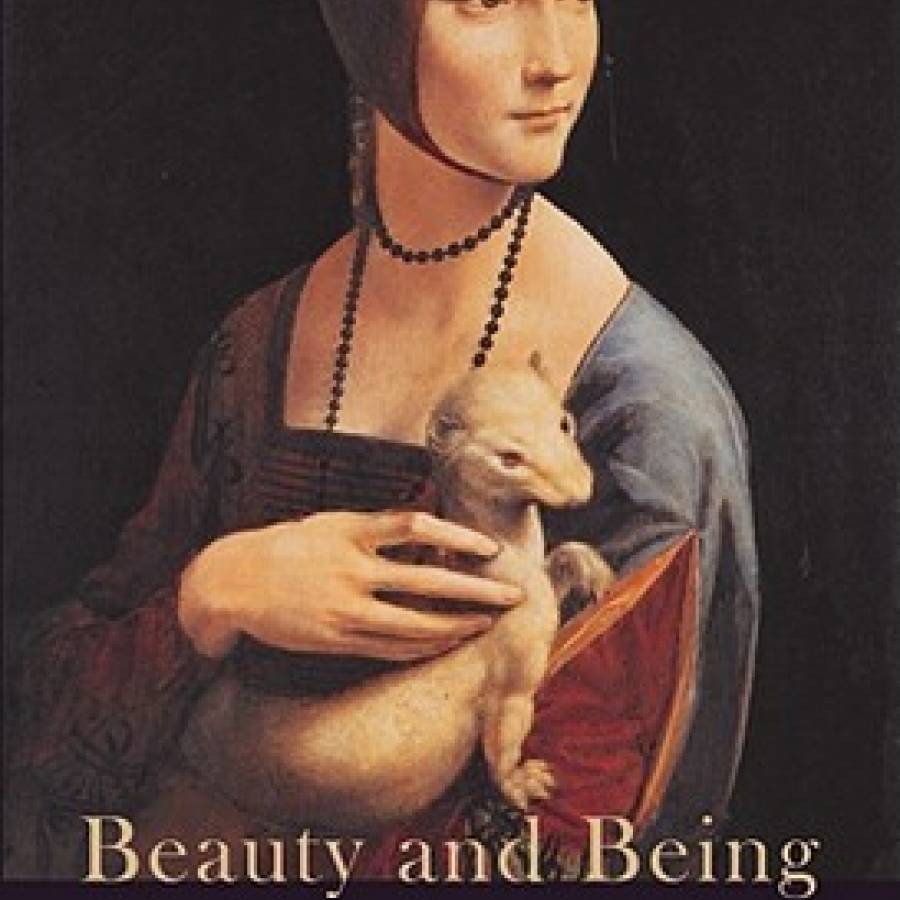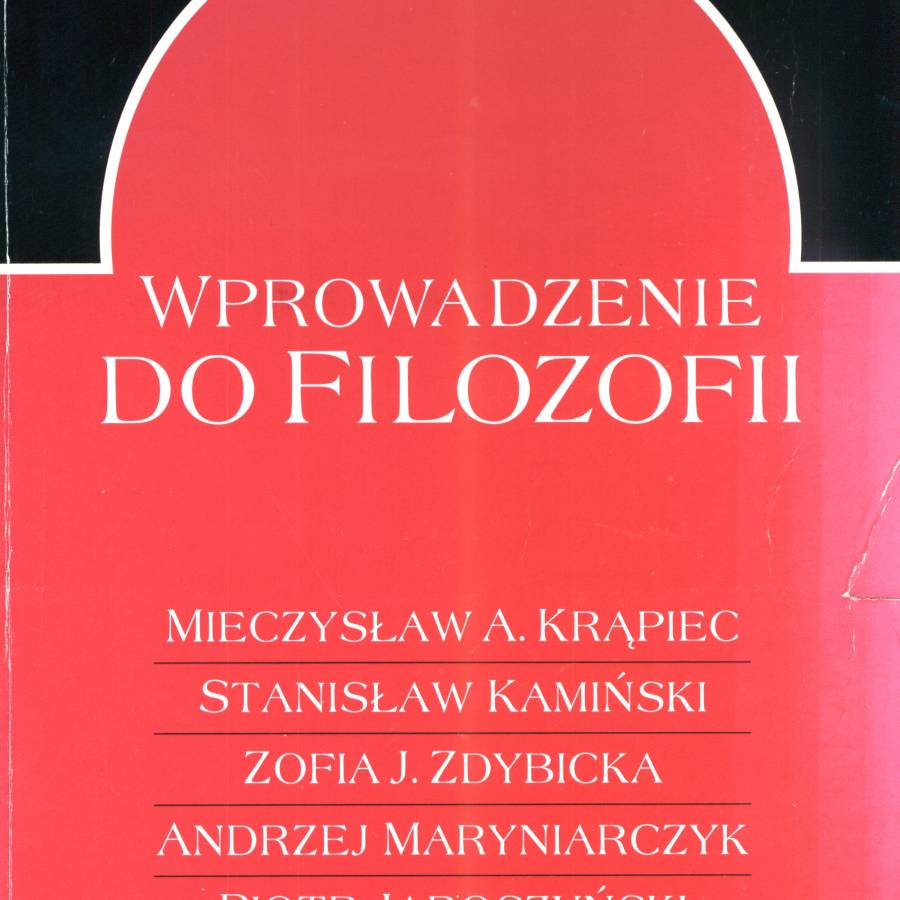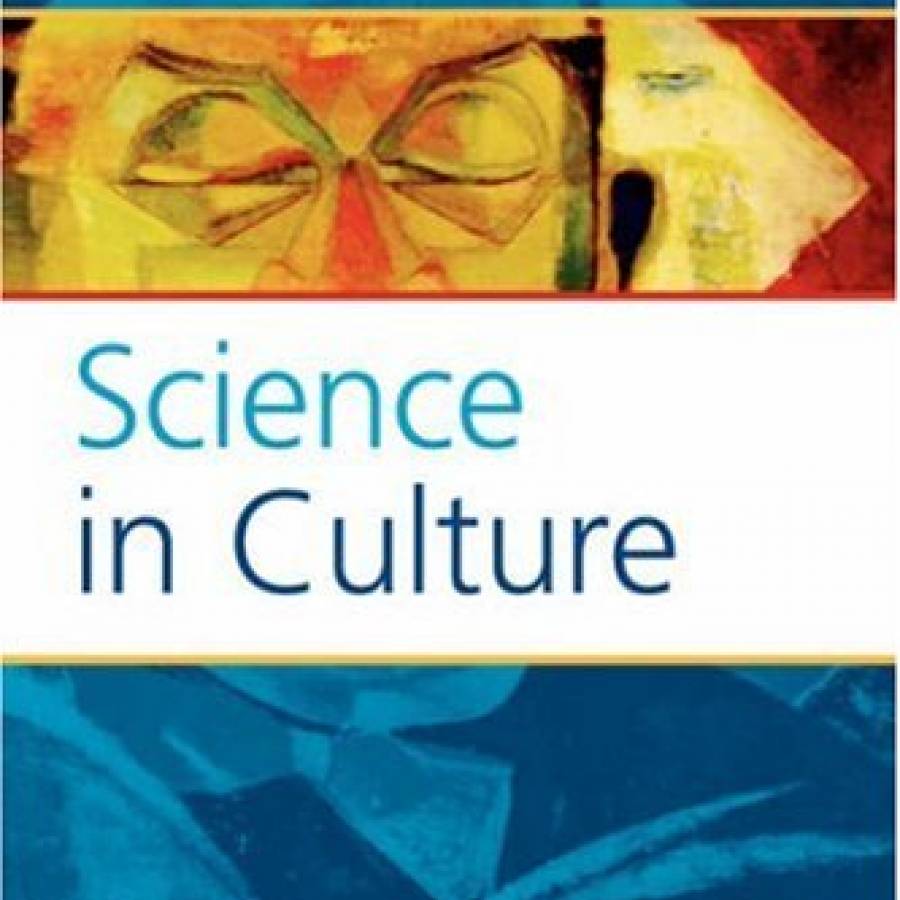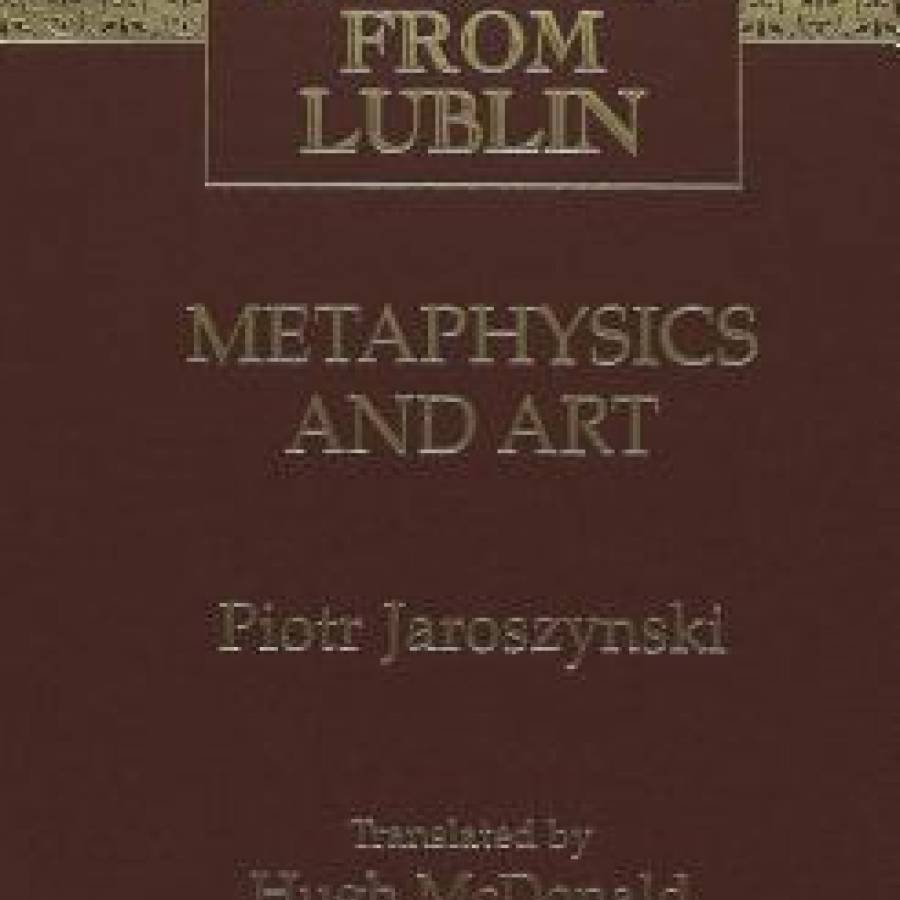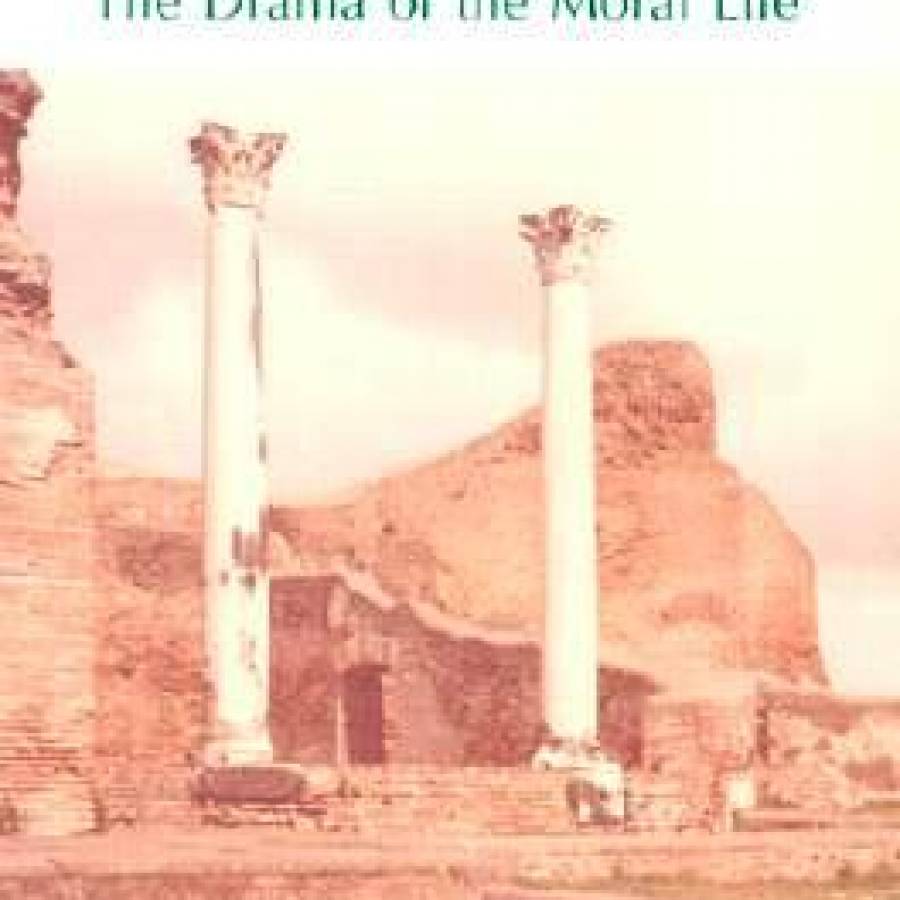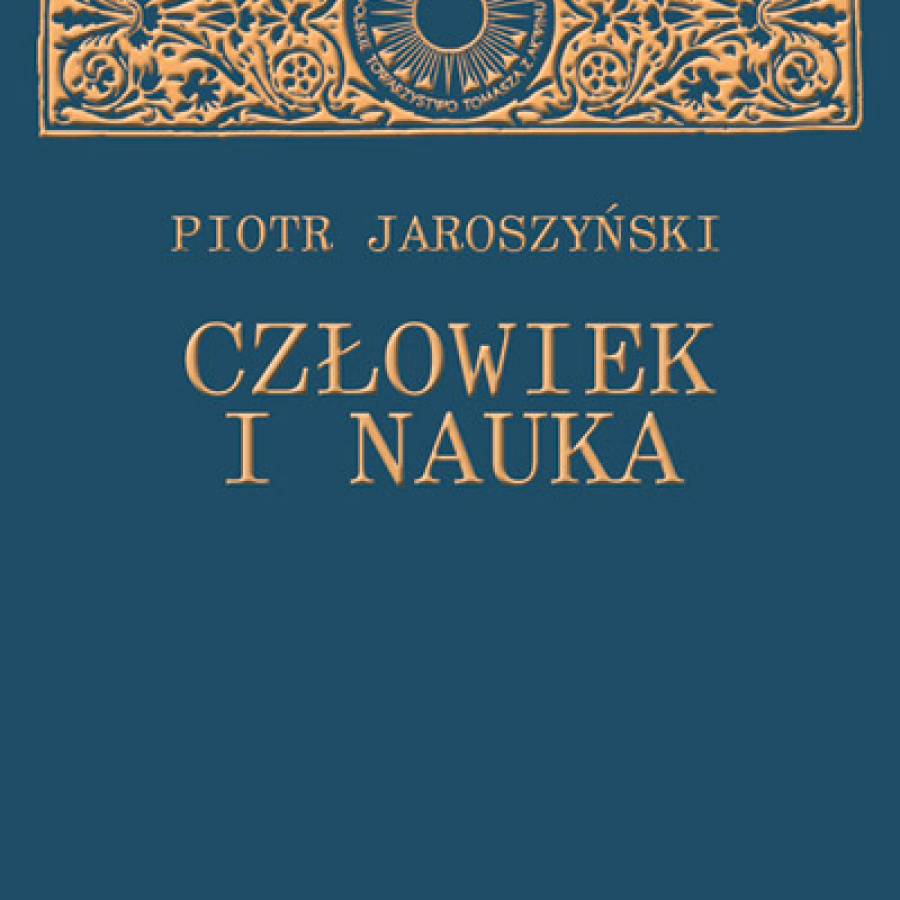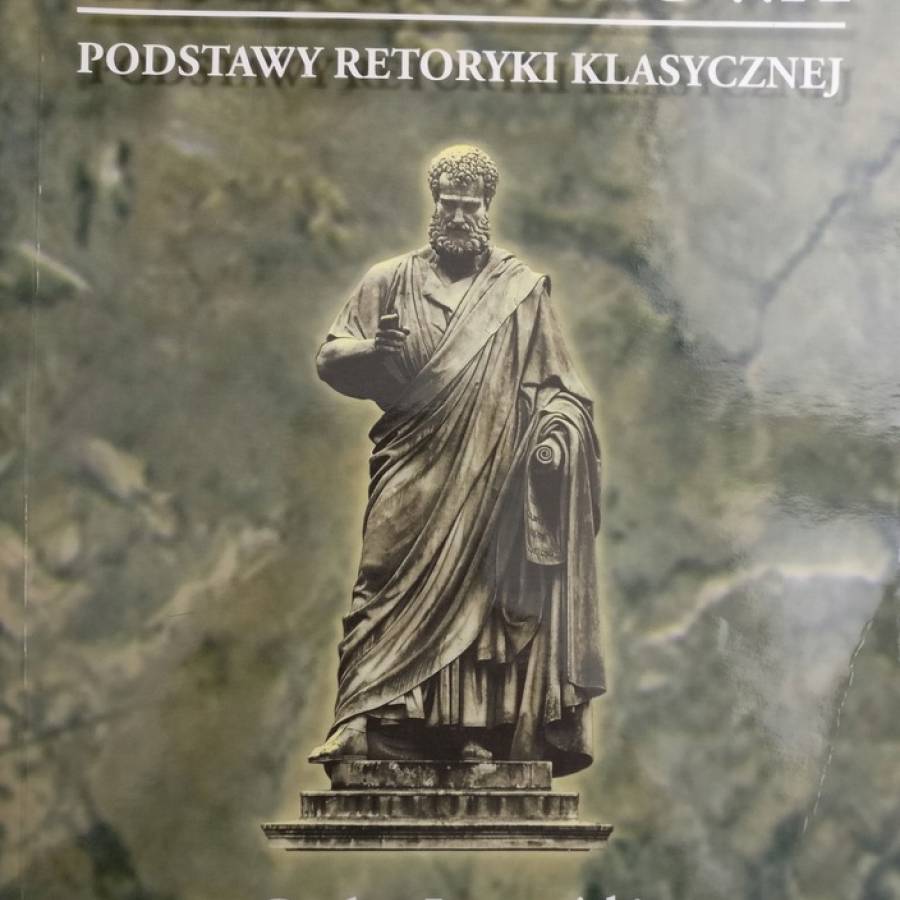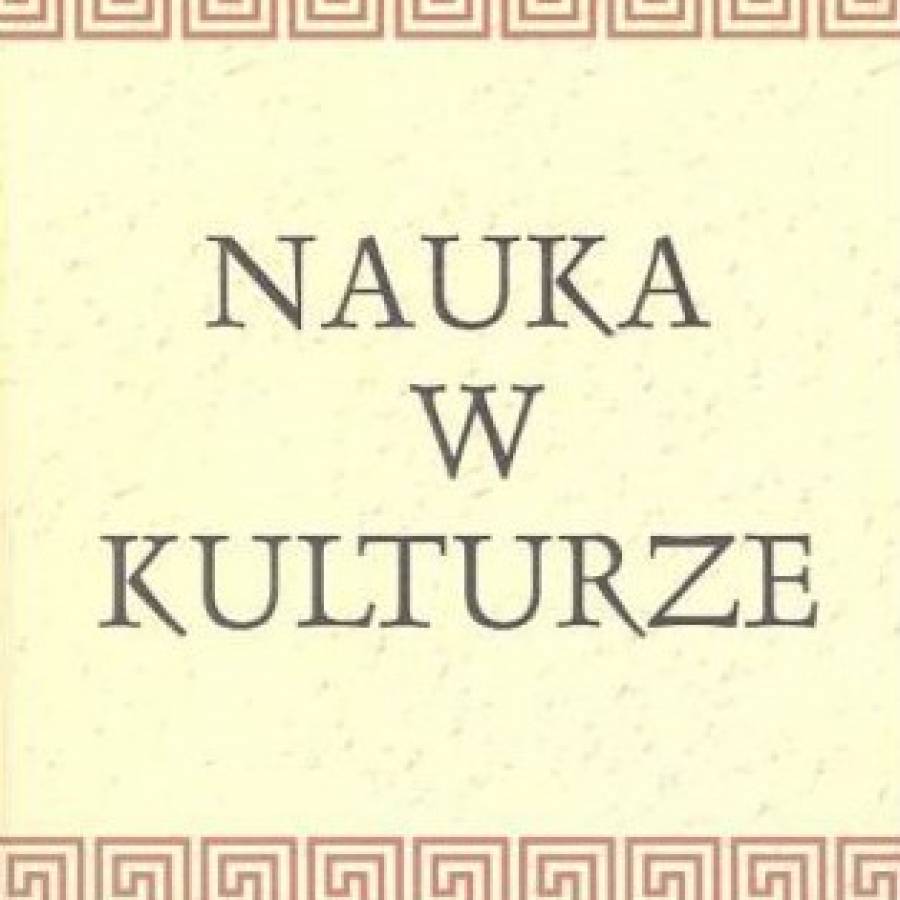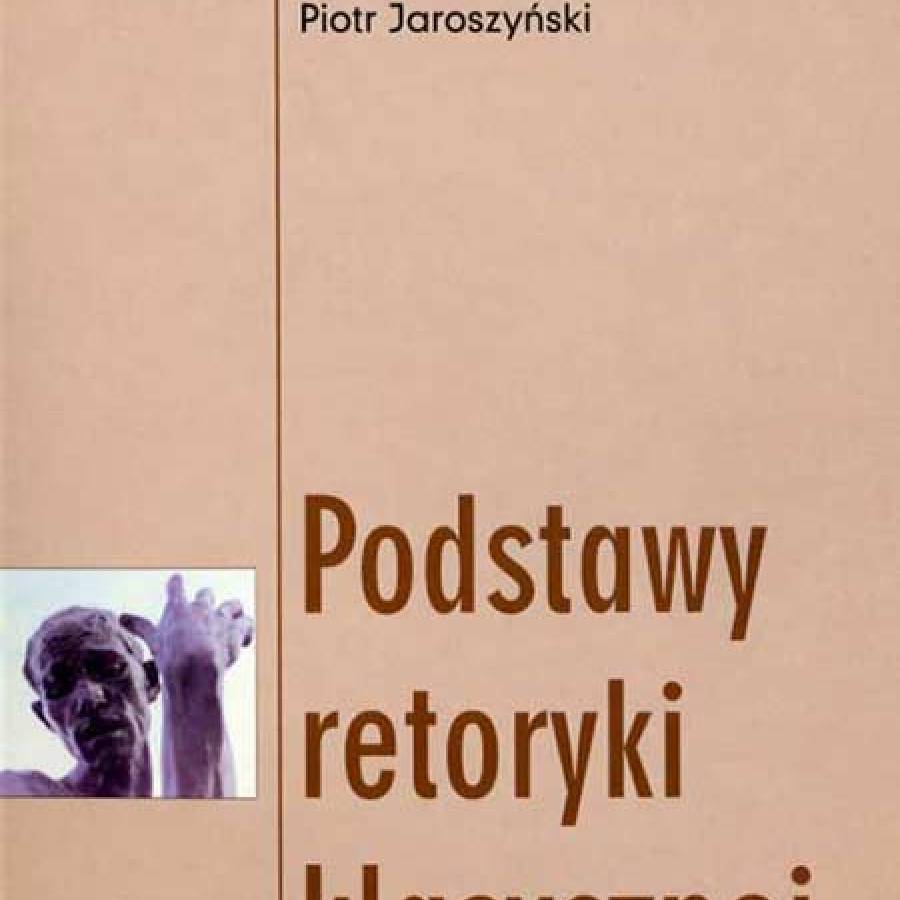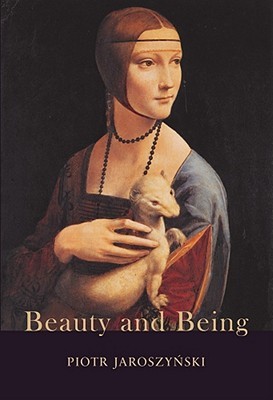 This book is available in 80 libraries of the world.
This book is available in 80 libraries of the world.(Książka ta znajduje się w 80 bibliotekach świata).
Beauty and Being: Thomistic Perspectives
Piotr Jaroszyński
Translated from the Polish by: Hugh McDonald
Publisher: PIMS Publication, 2011
Etienne Gilson Series 33
Pages: 270 pp., 6 x 9 in.
ISBN 978–0–88844–733–3
Order directly from:
University of Toronto Press - Order Department
5201 Dufferin Street, North York, Ontario
Canada M3H 5T8
Telephone: (800) 565–9523
Fax: (800) 565–9985
Customers in Europe:
Order from Brepols Publishers
BOOK REVIEWS AND NOTICES
“Although contemporary aesthetics has made important strides in the areas of language and cognition among others, it has too often forgotten the value of earlier metaphysical approaches that emphasized reality and being. Jaroszynski’s crafted book is a welcome attempt at reviving a tradition that produced important landmarks in the field as close to us as the last century, and has still much to contribute to contemporary discussions of beauty. Its call to return to being as the point of departure of aesthetics is a challenge that should not be ignored.”
Jorge J.E. Gracia
Samuel P. Capen Chair and
SUNY Distinguished Professor
State University of New York at Buffalo
Beauty and Being: Thomistic Perspectives By Piolr Jaroszyński. Toronto ON: Pontifical Institute of Mediaeval Studies, 2011.
Piotr Jaroszynski's Beauty and Being: Thomistic Perspectives argues that the investigation into beauty must have a foundation in metaphysics because beauty is a property of being. Jaroszynski's deft weaving of a history of metaphysics with a history of thought on beauty and aesthetics in the first two parts of the book provides the context in the third part of the book for an articulation of a theory of beauty. Beauty, he asserts there, involves a relation between being and a person. Consequently, Jaroszynski's grounding of beauty in being has important consequences, not only for aesthetics but also for the understanding of human nature.
The first two parts of the book are historical, as the title of each part suggests: "Theories of Beauty in Antiquity and the Middle Ages" and "Beauty in Aesthetics." The division between these two sections is not based on mere chronological convenience, however. It is a division rooted in differences over the conception of being. Ancient and medieval philosophers investigated being primarily and beauty only incidentally. Jaroszyński asserts that to extrapolate theories of aesthetics from ancient and medieval thought apart from a study of reality would be anachronistic and inaccurate. The inclination to engage in such an ungrounded study is presumably the consequence of the modern development of aesthetics. Aesthetics is a post-Cartesian pursuit based on an abstract concept of being that has a subjective starting-point and that claims that being is ultimately unknowable. If being cannot be known, then there is no basis for beauty, and so aesthetics, which studies only appearance, develops.
Jaroszyński gives a wide-ranging history of the progression of this transformation. This history is as impressive in its thoroughness as it is in its concision. He explores German. English, and French thought as well as twentieth-century analytic and continental aesthetics. His account is unique in its incorporation of Thomism into a broader history of aesthetics. Jaroszynski's integration of all these strains of thought is successful because it is bound together by an underlying inquiry into the relation between the foundation of philosophical theories and the theories of aesthetics that follow from them.
The first two parts of the book are, ultimately, a call to return to being as the starting-point of aesthetics. Aesthetics docs not study being, and so what is really needed is a move from aesthetics to metaphysics. Jaroszyński offers just such a move in the third part of the book. There he articulates a theory of beauty based on the metaphysics of Thomas Aquinas.
From among the "three great theories of beauty" that Jaroszyński identifies in the first part of the book—form, harmony, and relationism—he endorses rclationism. Beauty is a relation between a person and being. As such, it is a transcendental attribute of being, something that can be ascribed to all being across the categories. The advantage of a relationist definition of beauty is that it captures both the objective and subjective elements of beauty. Other theories of beauty recognize one or the other of these aspects but a relationist account acknowledges that both play a role.
Margaret I. Hughes
International Philosophical Quarterly, Vol. 52. No. 1. Issue 205 (March 2012)
Nathan Strunk Review of Jaroszynski Beauty and Being: A Thomistic Perspective

